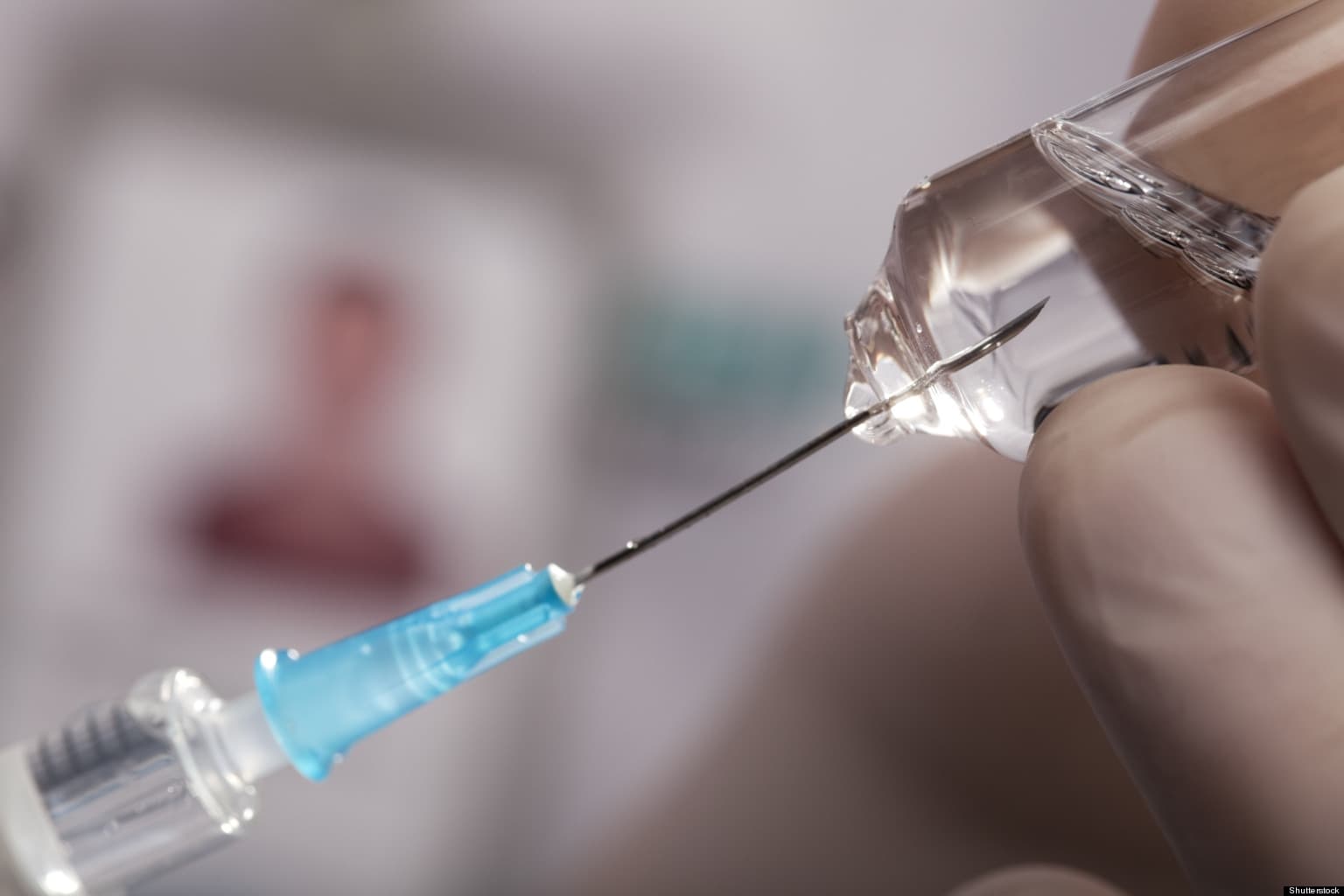- The studies describe a multi-pronged approach to an HIV vaccine, each one demonstrating a component of the process. Assembling all these components into a vaccine for humans is the final step. Testing could take place in about two years, the scientists say.
- The scientists envision a series of sequential vaccinations. The first one is intended to produce immune cells capable of maturing into cells that make antibodies that neutralize a broad spectrum of strains of HIV. The following ones would guide these cells further in the direction of making the desired antibodies.
- The vaccine strategy is to target a subset of the antibody-making B cells that are capable of producing the right antibodies, cause them to proliferate, then subject them to antigens that progressively guide these cells into making the broadly neutralizing antibodies.
Share This Article
